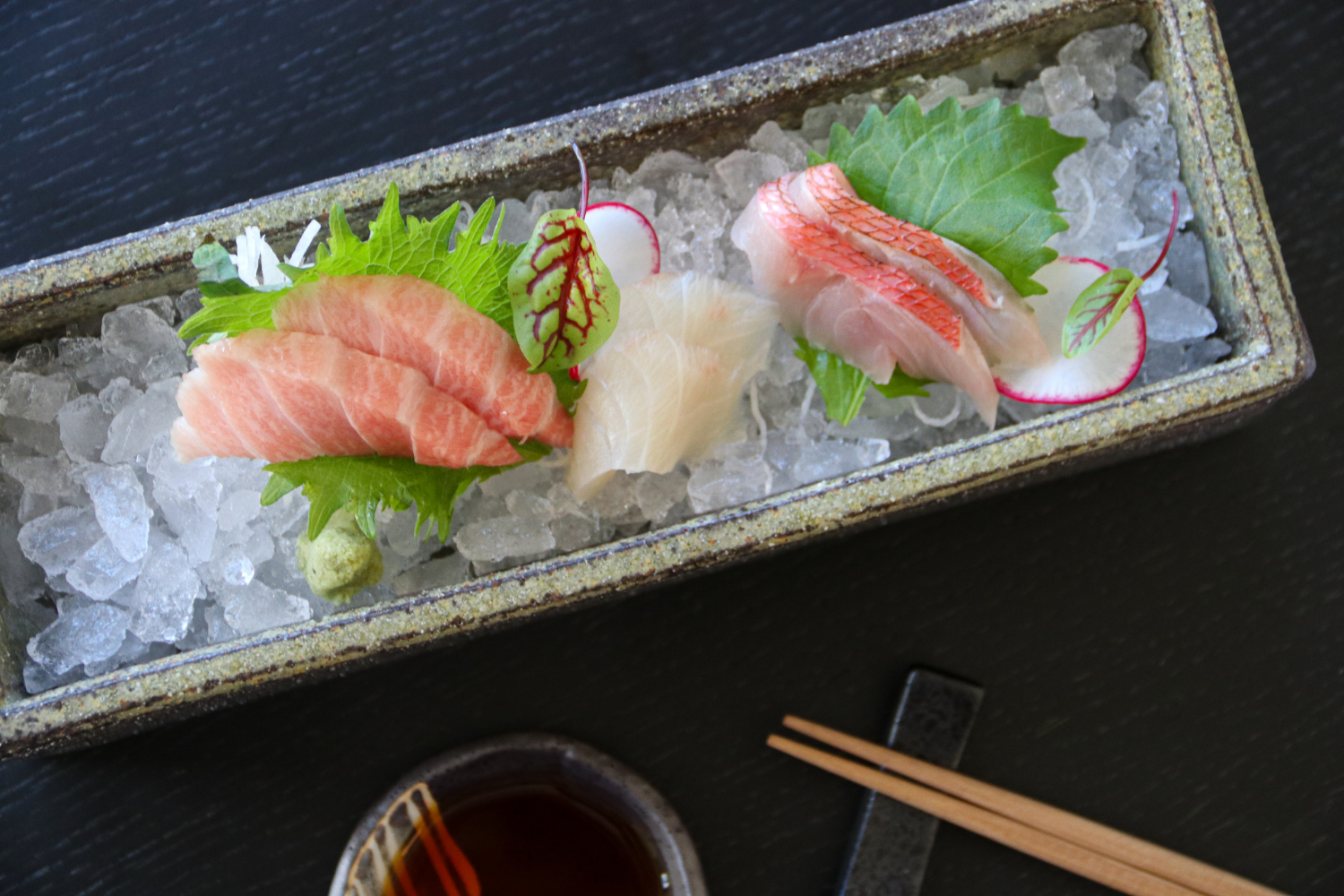
There’s an etiquette to most thing and sushi is no exception. From the proper way to order to the right way to eat, there’s an unwritten code that, when done right, leads to maximum enjoyment. So, whether you’re making sushi at home or dining out, there are some rules to keep in mind.
Eating raw fish is a little like making egg white cocktails in that it pays to know a bit about what you’re doing. A misstep here or there could lead to a less satisfying dish or, worse, an unhappy host or frustrated chef.
We talked to somebody very much in the know, Chef Manabu Horiuchi, aka Chef Hori. He’s the James Beard Award-winning sushi mind behind Houston’s Katami and Kata Robata. He was kind enough to offer a 101 on sushi etiquette.
What to do

Dining well involves a bit of everything, from respect and adventurousness to know-how and embracing customs.
Here’s what to do:
- Do ask what is recommended for the day
- Do tell the chef you have enjoyed a certain dish or recipe before and ask if they make their own version that is unique to their sushi bar
- Do ask if the nigiri has been brushed with soy sauce before dipping
- Do dip nigiri fish side down, touching only about 20% of the fish to the sauce, at the top of the nigiri
- Do eat ginger between bites of different types of fish, especially when going from mild to fatty fish or stronger-flavored fish or from fatty or stronger-flavored fish to mild fish
What not to do

There are also some things to keep in mind that are better off avoiding altogether. These are etiquette pieces that will offer some common courtesy as well as allow you to get the best out of what’s being served.
Here’s what not to do:
- Don’t ask what’s fresh today (in a good sushi bar, everything should be fresh)
- Please don’t ask for another sushi restaurant’s dish or recipe (each chef has their own unique dishes and recipes)
- Don’t dip rice from nigiri directly in soy sauce
- Don’t dip nigiri in soy sauce if it is already brushed with soy sauce by the sushi chef (your sushi chef has already flavored it properly and in the right proportion)
- Don’t eat ginger like an appetizer, as ginger is a palate cleanser and should be consumed between sushi courses when eating different types of fish
Additional context

Chef Hori has a few more suggestions to maximize your sushi experience. First, pay attention to seasonality. Certain fish are fresh only at certain times of the year, often during relatively limited windows. This is especially true if the chef you’re dealing with serves traditional nigiri and fish from Japan.
What about red flags to look out for? “Fish that is off color, dried out, or pungent (when it’s not supposed to be),” the chef says. Sushi is often about freshness and affects everything from texture to flavor. Also, give some thought to teaming up your dishes with the appropriate liquid.
Chef Hori recommends going with a wine philosophy approach. “Strong oceanic-flavored fish with bigger and bolder sakes and wines,” he says. “Delicate fish that is more subtle should pair with sake and wine that is not as bold, is very balanced, and is on the lighter side.”
In terms of spectrum, think of wines like Alabrino, Sauvignon Blanc, or even a Riesling (dry options are great, but a little residual sugar can balance out the spice of certain sushi offerings). Pink wines and lighter reds like Pinot Noir can do the trick, too. For heftier wines, look to Barbera, Grenache or Dolcetto. More traditional heavy reds tend to have too much tannin and can cause some seafood to take on metallic notes.
What of sake? The establishment you’re dining at can almost certainly point you in the right direction. Generally, a good Ginjo is a safe bet on the lighter and fruitier side, while a Genshu can be quite bold. Look out for Honjozo, as the style usually strikes a balance between delicate and savory, a nice combo with a lot of sushi options.
Lastly, when it comes to condiments, please keep it simple. “Ginger, wasabi, and soy sauce are the holy trinity of accompaniments to a sushi meal,” the chef says.
Don’t forget to add another layer to your peal and pair seafood with wine. Also, check out our chef-centric piece on the preparation of omakase. Happy eating!


